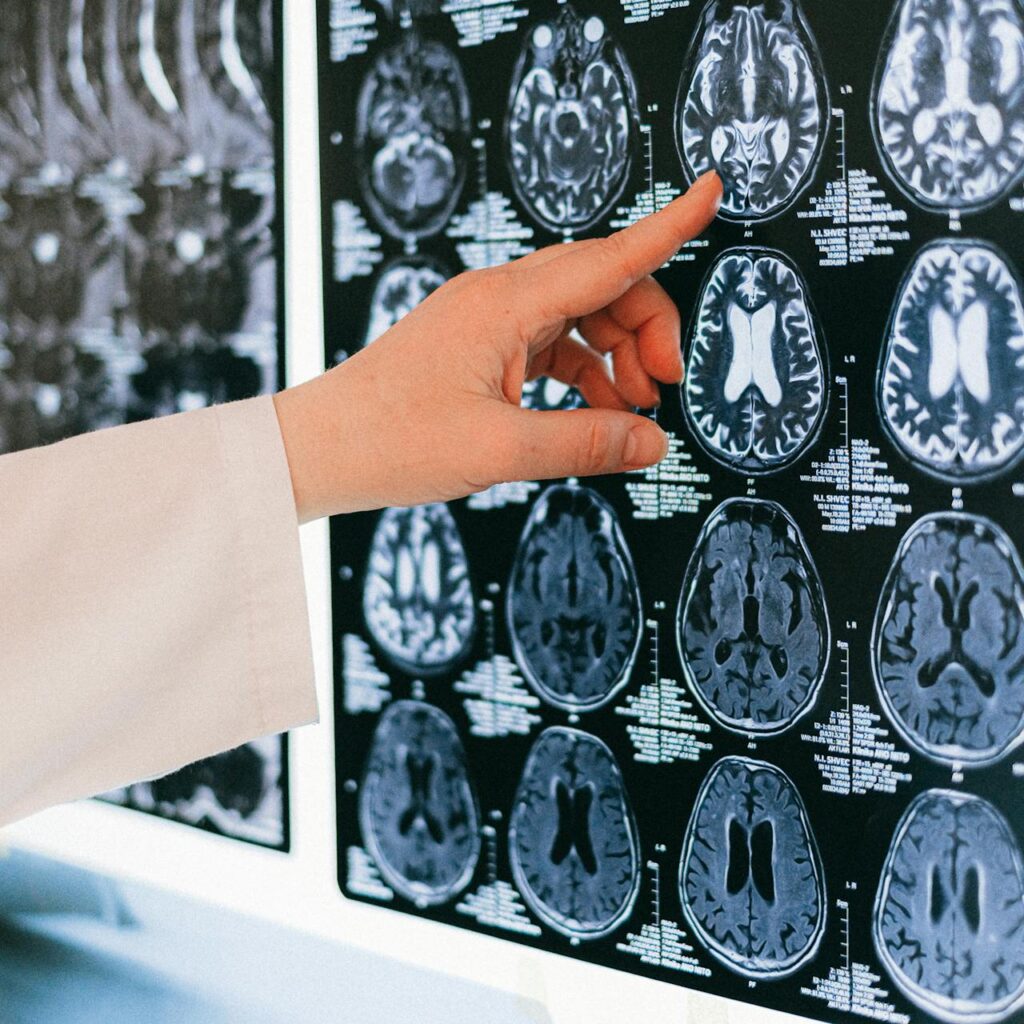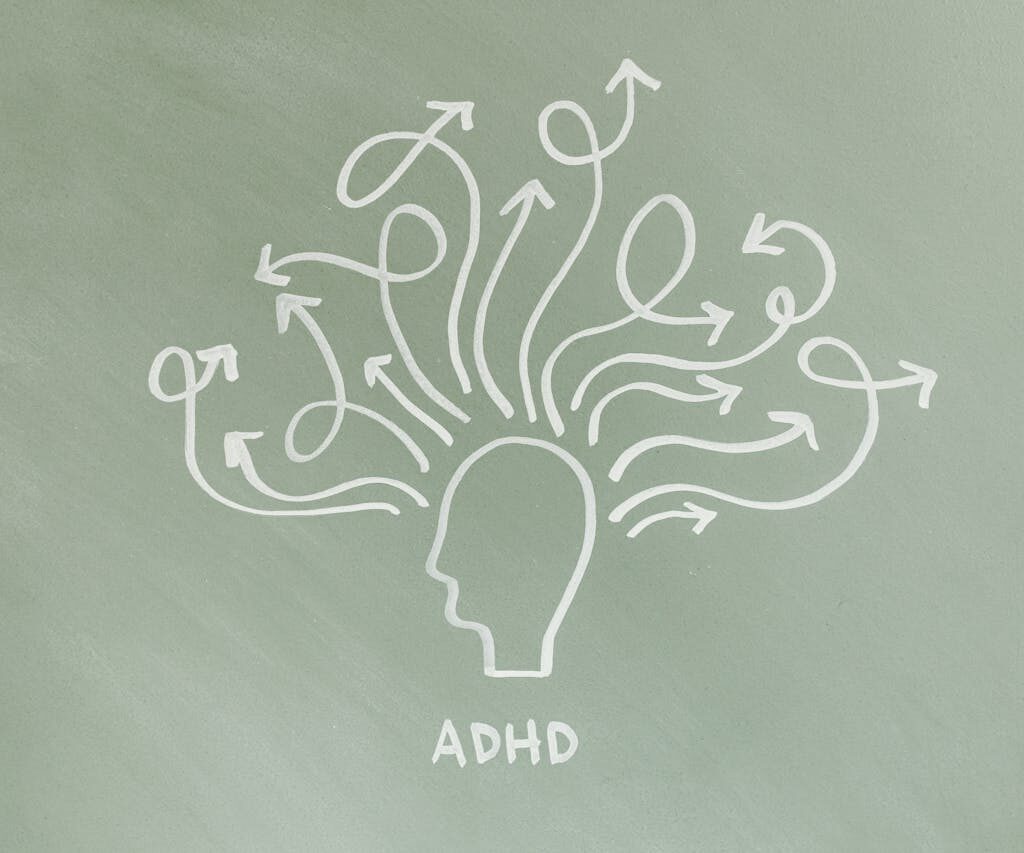Attention Deficit Hyperactivity Disorder (ADHD) is a neurodevelopmental condition that affects how the brain grows and develops–but how does ADHD affect the brain? Those affected by ADHD may have difficulty paying attention, staying focused, and having increased energy levels. But what is the cause of these symptoms?
Keep reading to learn about how ADHD affects the brain.
Symptoms of ADHD
ADHD symptoms appear in childhood and carry on into adulthood. The Centers for Disease Control and Prevention states that ADHD can present in three different ways:
- predominantly inattentive presentation
- predominantly hyperactive-impulsive presentation
- combined presentation (a combination of the two symptoms)
As the name suggests, predominantly inattentive presentation is a form of ADHD that displays persistent and significant difficulties with attention. Conversely, predominantly hyperactive-impulsive presentation is a form of ADHD characterized by restlessness and impulsive behavior.
Though there are subtypes of ADHD, individuals with the condition may experience different symptoms. According to the National Institute of Mental Health, some of the most common symptoms of ADHD include:
- Difficulty paying attention and often getting distracted
- Disorganization and procrastination
- Poor time management, planning, or organization
- Feelings of restlessness and a need for constant activity or stimulation
- Difficulty sitting still for long periods and often moving or fidgeting
How Does ADHD Affect the Brain?

As a neurodevelopmental condition, the brains of individuals with ADHD work differently than those without it. But how does ADHD affect the brain? The National Institutes of Health (NIH)’s research reveals that young people with ADHD have elevated brain activity connecting the frontal cortex (part of the brain that contributes to voluntary movement and the control of behavior) with the information processing centers deep in the brain. Similarly, NIH reports that these individuals show a greater connection between the frontal cortex and the amygdala, the part of the brain that helps process emotions.
Similarly, researchers associate ADHD with differences in brain chemistry. News Medical, a news site dedicated to medical research, asserts that individuals with ADHD have abnormally low levels of neurotransmitters transmitting between the prefrontal cortex and basal ganglia (subcortical nuclei responsible for motor control, learning, executive functions and behaviors, and emotions), such as dopamine (the “feel-good” hormone) and noradrenaline (regulates arousal, attention, cognitive function, and reaction to stress).
Treatment for ADHD
Treatment for ADHD can include behavior therapy, medication, and forming healthy habits to manage symptoms. Behavior therapy can be useful for children with ADHD, as it can help strengthen positive behaviors while also minimizing unwanted behaviors, according to the Centers for Disease Control and Prevention. Similarly, practicing healthy habits to establish structure for those with ADHD can be effective in managing symptoms that may interfere with work, school, or personal lives. Another treatment for ADHD is through medication, including stimulants and nonstimulants. Before pursuing medication, it is important to speak with you or your child’s doctor to discuss all treatment options to find the best fit.
Conclusion
ADHD affects the way that a person’s brain grows and develops, with symptoms like trouble focusing, restlessness, or disorganization as a result of these differences. Additionally, individuals with ADHD have distinctly different brain chemistry than those without the condition, showing increased brain activity and fewer neurotransmitters regulating dopamine. Behavior therapy, medication, and practicing habits to help manage symptoms are all ways to treat ADHD.
Looking for ways to help manage symptoms of ADHD? Visit Ferry Godmother Productions to read more.

